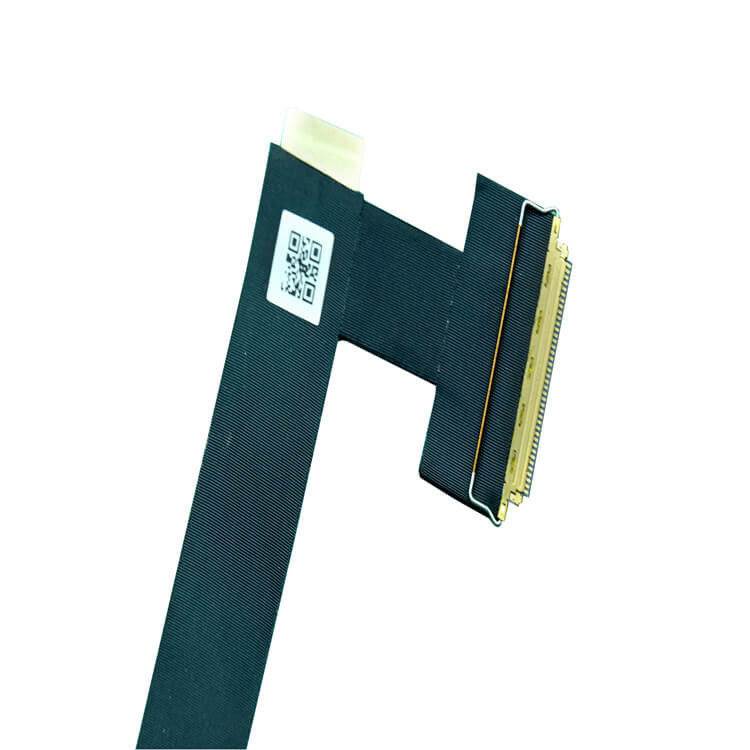Meta Description: Learn how to calculate the velocity factor in micro-coaxial cables step-by-step. Improve signal integrity and optimize high-frequency designs with this essential guide.
Velocity factor (VF) is a critical parameter for engineers working with micro-coaxial cables in high-frequency applications like RF systems, telecommunications, and aerospace. It determines the speed at which electrical signals travel through the cable relative to the speed of light in a vacuum. Accurately calculating the velocity factor ensures precise signal timing, minimizes latency, and avoids impedance mismatches. This guide explains how to calculate velocity factor in micro-coaxial cables with actionable steps, real-world examples, and tips for optimizing performance.
The velocity factor is the ratio of the speed of a signal in a cable to the speed of light in free space (c=3×108m/s). It is expressed as:Velocity Factor (VF)=cSignal Speed in Cable
VF values typically range from 0.6 to 0.9 for most coaxial cables, depending on the dielectric material. For micro-coaxial cables (e.g., 0.81 mm to 2.16 mm diameter), this factor is crucial for high-frequency signal integrity.

The velocity factor depends primarily on the relative permittivity (dielectric constant) of the insulating material between the cable’s inner conductor and shield. Common dielectric materials include:
Pro Tip: Check the cable datasheet for the exact εr value provided by the manufacturer.
The velocity factor is inversely proportional to the square root of the dielectric constant:VF=εr1
Example Calculation:
If a micro-coaxial cable uses PTFE (εr=2.1):VF=2.11≈0.69
This means signals travel at 69% of the speed of light in the cable.
If the dielectric constant is unknown, use these methods:
Our factory offers high-quality products at competitive prices
Meta Description: Discover premium RF micro coaxial cables engineered for high-frequency signal transmission in compact devices. Explore specs, applications, and benefits for telecom, medical, and aerospace industries. .
IntroductionThe High-Temperature Resistant Micro-Coaxial Cable is a cutting-edge connectivity solution engineered to deliver exceptional performance in extreme thermal environments. Combining precision engineering with advanced mate.
Feel free to reach out to us for any inquiries or orders.